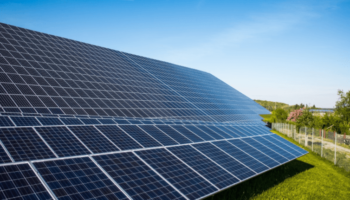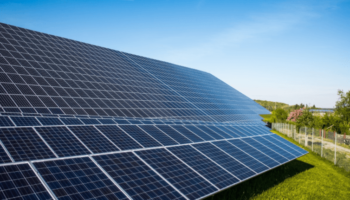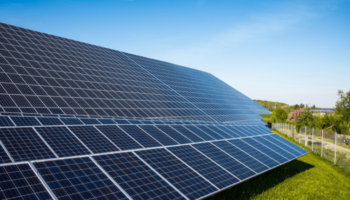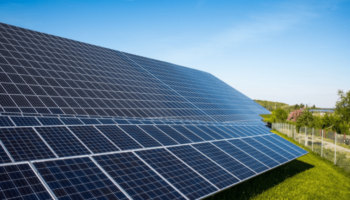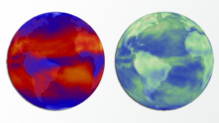
Solar Radiation
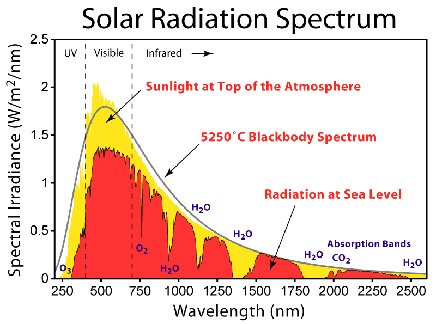 Solar radiation, frequently known as the solar supply, is an overall term for its electromagnetic radiation emitted by sunlight. Solar radiation might be obtained and converted into useful forms of energy, such as electricity and heat, with various technologies. Nevertheless, the technical feasibility and economic functioning of those technologies in a certain location are dependent upon the available solar resource.
Solar radiation, frequently known as the solar supply, is an overall term for its electromagnetic radiation emitted by sunlight. Solar radiation might be obtained and converted into useful forms of energy, such as electricity and heat, with various technologies. Nevertheless, the technical feasibility and economic functioning of those technologies in a certain location are dependent upon the available solar resource.
Solar panel Systems
Solar panel systems transform the sun’s light compared to using solar technology utilizing N type and P Type semiconductor material. Now, solar panels convert the majority of the visible light spectrum and also roughly 1 / 2 of their infrared and ultraviolet light spectrum into useable solar technology.
There are certainly a number of technologies which were developed to benefit from solar technology.
Solar Radiation Basics
Every location on the planet receives sun at least portion of this season. The amount of solar energy which reaches almost any 1 place in the Earth’s surface fluctuates in accordance with:
As our planet is round, sunlight strikes the surface at several angles, including 0° (only over the horizon) to 90° (directly overhead). After the sun’s beams are perpendicular, the planet’s surface receives all of the energy potentials. The further slanted sunlight’s beams are, the longer they traveling through the air, becoming more dispersed and diffuse. As our planet is around, the Arctic polar regions never receive a superior sun, and owing to the tilted axis of rotation, these areas get no sunlight whatsoever throughout this season.
The Earth revolves around sunlight in an elliptical orbit and can be closer to the sun during a portion of this season. After sunlight is closer our planet, the planet’s surface receives just a bit more solar technology. Nevertheless, the clear presence of waters that are vast moderates the warmer summers and colder winters you might like to see at the southern hemisphere as a consequence of this big difference.
Even the 23.5° tilt at the planet’s axis of rotation would be just a more significant element in fixing the quantity of sunlight hitting the Earth at a specific site. Tilting contributes to more days in the northern hemisphere by the spring (vernal) equinox into the fall (autumnal) equinox and more days in the southern hemisphere throughout another a few weeks. Days and nights will be both exactly 12 hours long over the equinoxes, that occur annually on approximately March 23 and September 22.
Countries like the United States, that lie at the middle latitudes, get solar technology in the summertime perhaps not just because days are more, but additionally since sunlight is almost overhead. Natural sunlight tends to be more slanted throughout the summer months of their wintertime.
The turning of the planet is additionally accountable for hourly variations from the sun. In the early morning and late day, the sun is lower in the skies. Its beams travel farther through the air than at that time, once the sun reaches its greatest point. On a transparent afternoon, the best quantity of solar technology reaches on that a solar collector around solar noon.
Diffuse &. Direct Solar Radiation
As sunlight passes through the air, some of it’s absorbed, scattered, and represented by:
That is known as diffuse solar power. The solar radiation which reaches the planet’s surface with no diffused is known as direct beam solar power. The amount of this diffuse and direct solar power is identified as worldwide solar power. Atmospheric conditions can decrease direct beam radiation by 10 percent on clean, clear days and from 100 percent throughout thick, overcast days.
How we Measure The Amount Of Sunlight?
Scientists quantify the quantity of sun falling on specific regions at various times of the season. Then they gauge the total amount of sun falling on regions at precisely the exact same latitude with temperatures that are similar. Cases of solar technology are generally expressed as absolute radiation on a flat surface, or as absolute radiation onto the surface tracking sunlight.
Radiation statistics for solar panel (photovoltaic) systems in many cases are represented as kilowatt-hours per square meter (kWh/m2).
Radiation statistics for solar water-heating and distance heating systems usually are reflected in British thermal units per square foot (Btu/ft2).
Distribution
The solar resource round America is abundant with photovoltaic (PV) systems because they utilize both leads and sprinkled sun. Other technologies could become more limited. Nevertheless, that the total amount of power generated by almost any solar technology in a specific site is dependent upon just how much of the sun’s energy reaches on it. Ergo, solar technologies work most effectively in the northeast United States, that receives the best level of solar power.
Further Information
Photovoltaic Solar Radiation Systems Analysis. Journal of Scientific and Engineering Research, 2017, 4(9):93-106
Solar State Maps – direct normal irradiance and global horizontal irradiance.
